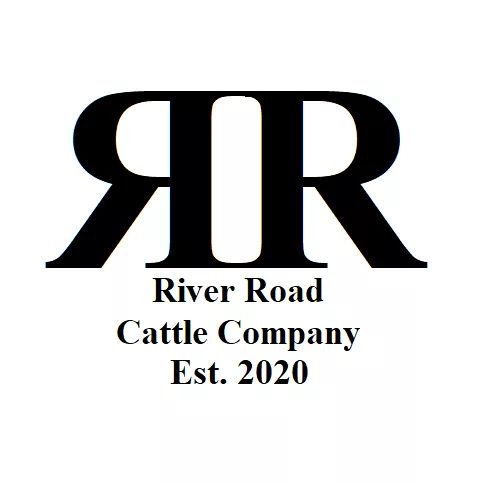Grain-fed vs. Grass-fed
- River Road Cattle Company

- Jul 14, 2022
- 2 min read
Updated: Oct 22, 2024
Grass-fed vs. Grain-fed, what does it mean?
Food labels can often be misleading, and a lot of it stems from producers wanting to maximize their profits. Let’s break down the basics of cattle diets. Cattle are ruminants, which means their diet should include forages such as hay and grass. They graze on plant materials that are inedible to us. Most cattle are finished with supplemental grains like soybeans, wheat, and corn to boost their energy intake.
Grain-fed cows are typically introduced to grain at a young age, although grass is still available. The grain accelerates growth without hormones, resulting in more tender meat, better marbling, and generally whiter fat compared to grass-fed meat. While some wagyu breeders have succeeded with grass-only diets, it’s less common.
When we talk about grass-fed and grass-finished, it’s important to note that no government agency regulates these labels. This means some producers may have fed their animals grain at some point. Generally, grass-finished indicates that the animal was primarily fed grains to reach weight, then switched to grass for the last few months before processing. According to USDA standards, a ‘grass-fed’ beef animal must be fed at least 50% grass throughout its life. This means our cows, which meet this standard, can technically be labeled as grass-fed. Some producers are advocating for stricter labeling guidelines to clear up confusion.
Our cows are born on grass pastures and have constant access to grass throughout their lives. Depending on their role, they are also daily fed grain. Our breeding herd receives daily feed in troughs, which they eagerly enjoy. The calves have access to continuous grain feeders, allowing them to graze freely. We continue to hand-feed to strengthen our bond with them.
Hand-feeding contributes to calmer cattle, fostering a close relationship. This daily interaction also allows us to monitor their health and well-being closely.
It's frustrating how misleading labels can be, leading to consumer confusion, especially when marketing strategies inflate beef prices. Both grass-fed and grain-fed beef have various health benefits, largely depending on personal preferences. We’ve found that incorporating grain into our animals’ diets is beneficial for both their health and our customers'.







Comments